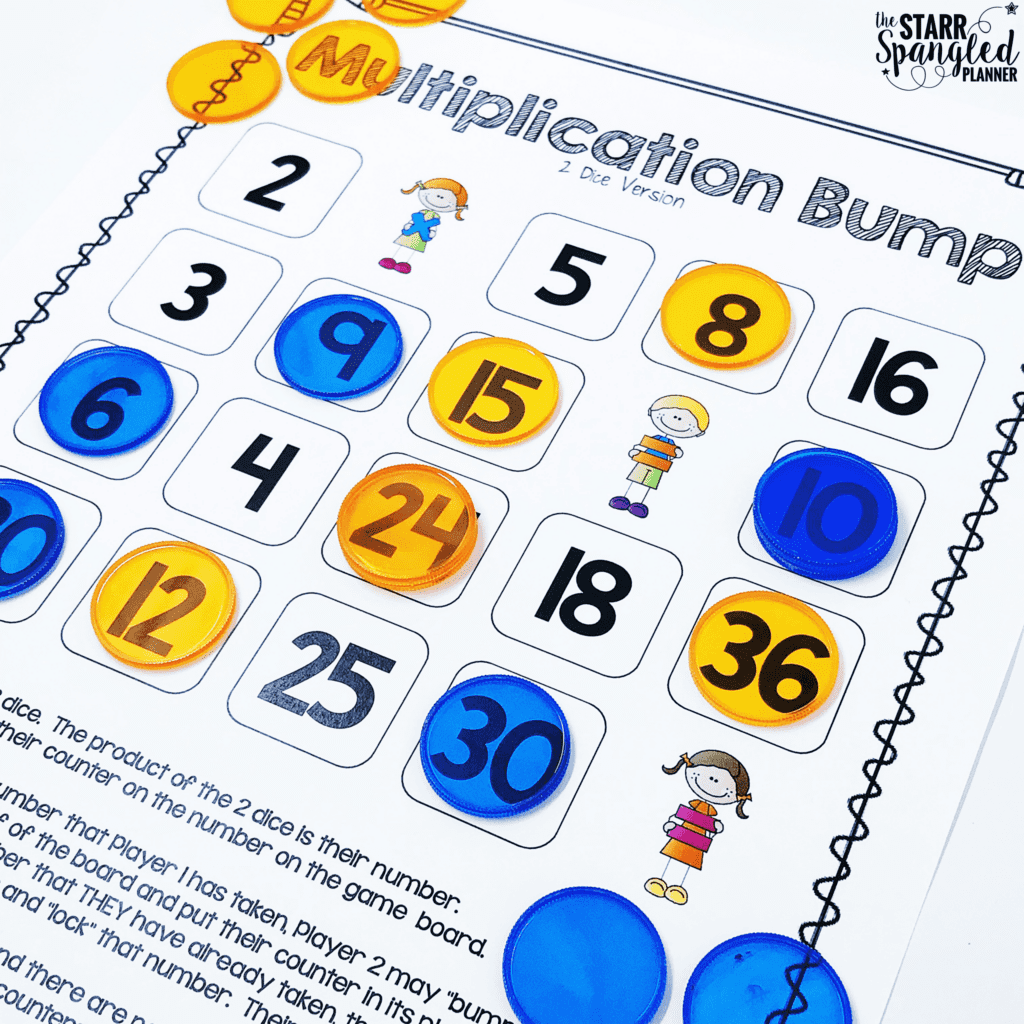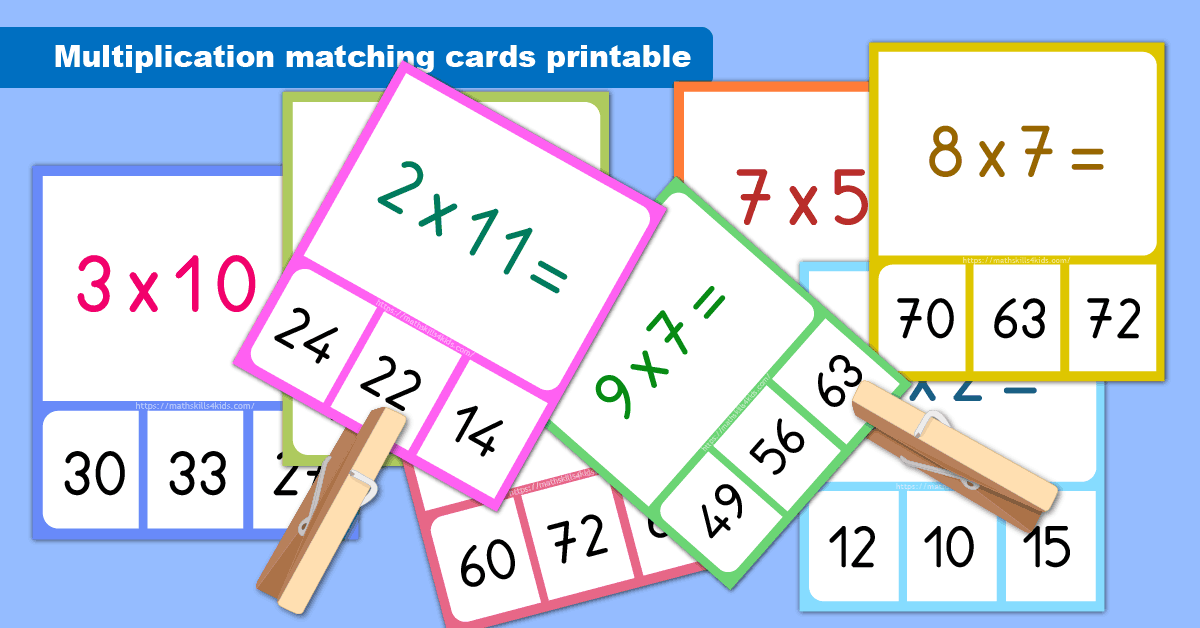

Help students figure out the answer and use tools (paper, pencil, drawings, counting blocks) to come up with the answer. Once you have a good list of items, ask students questions, like how many fingers are on three people? How many wheels are on four cars?
#GAMES FOR MULTIPLICATION FOR KIDS HOW TO#
This blog post has more information on how to help students generate ideas of things that come in groups as well as examples for each number. This grouping activity is a great way to help your students understand the basics of multiplication. Try using anchor charts, or oversized sticky notes, to have students record their ideas. Start with things that come in two’s and record on an anchor chart all the things they can come up with. Have students brainstorm things that come in pairs, triads, and so on. Learning to create equal groups is the foundation for multiplication and the most natural way students begin interacting with multiplication. See my Disclosure Policy for more information. Note: Some of the links below are affiliate links. I'll have more tips for learning math facts without drill and kill in a future post.Here are 5 activities to help your students learn their multiplication facts. You can spend hours on worksheets and flash cards that come with a homeschooling math program, but you can also use games instead of curriculum.

Older kids naturally referred to the multiplication chart less and less often, and as they became more accomplished, preferred to respond more quickly from memory. This helped them become aware of how the math facts are arranged on the multiplication chart. We found that this made the game more fun for little ones, who could look up the multiplication facts they were unsure of.

We always kept a times table chart on hand for the kids to refer to while we played the games. This makes a great break from “close work” indoors. Then he chooses where to stand and the number of times to shoot at the goal – and says the multiplication fact that goes with the numeral he’s standing on and the number of shots he chooses. So, if I’m standing on four and I shoot the ball three times, I have to say 4 x 3 = 12. Players stand on each chalk circle and shoot the ball a number of times, multiplying the number of shots times the numeral they’re standing on. I marked circles on the driveway with numerals 0 – 10 in them. This is a multiplication version of the old fashioned basketball shooting game, where players call out the letters H-O-R-S-E as they make each basket.
#GAMES FOR MULTIPLICATION FOR KIDS UPGRADE#
There is a paid upgrade available, but your kids really can work through memorizing all the times tables without getting the deluxe version. This is an online video game for kids to play on the computer that looks and feels like a "real" video game. I wouldn't suggest all this trouble except this game really worked for my two oldest kids. You could even pick up an old Scrabble™ game at a thrift store and repurpose the tile holders so your DIY version of the Winning Touch feels more like a "real" game. We discovered the game among educational items my mother-in-law, then a school principal, saved from the dumpster when her school was closed for consolidation. It has become difficult to find this game except at used resource sales, but you can see the photo of the game and view the game rules at the Wayback Machine. Some homeschoolers have made a homemade version of this game based on the picture and rules. The playing grid is a multiplication chart, and the tiles are numbers rather than letters. This is a Scrabble™ type board game, only using numbers and math facts. For instance, if I play an 8 and my son plays a 5, I have to say 8 x 5 = 40 before I pick up the cards and add them to my hand. Each player plays a card face up, with the highest card winning all the others however, before the player “collects” the cards, he recites the relevant math fact. This is a game we played based on the card game War. Kids also get to practice writing their numerical scores on their own score sheet. Because the dice actually show dots, there is both a visual representation of the concept of multiplication as well an opportunity for kids to practice the math facts. Kids love that this is a family game adults enjoy with them rather than a “kiddie” or "educational" game. Rolling the five dice results in practicing math facts up to 5 x 6.

This is the granddaddy of multiplication fact games – with some addition practice thrown in as well.


 0 kommentar(er)
0 kommentar(er)
